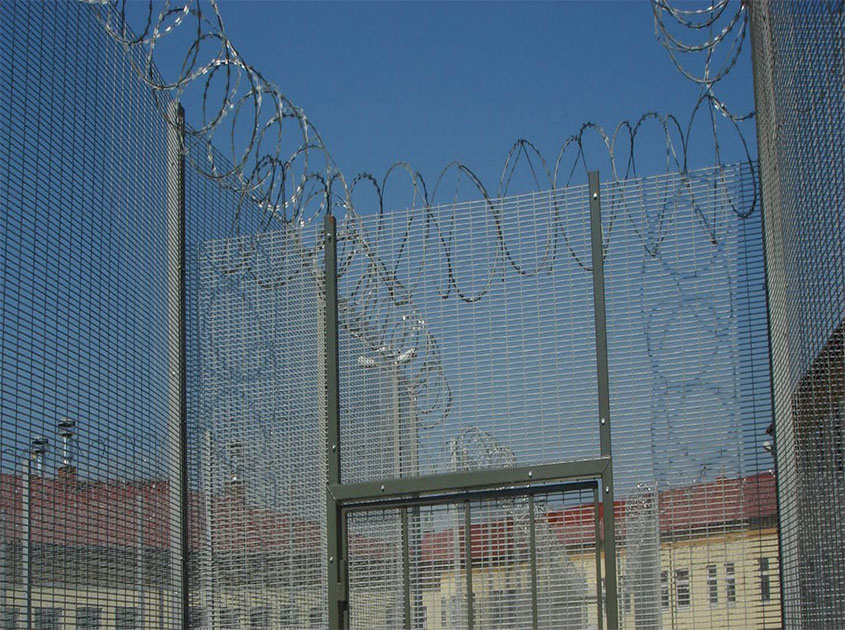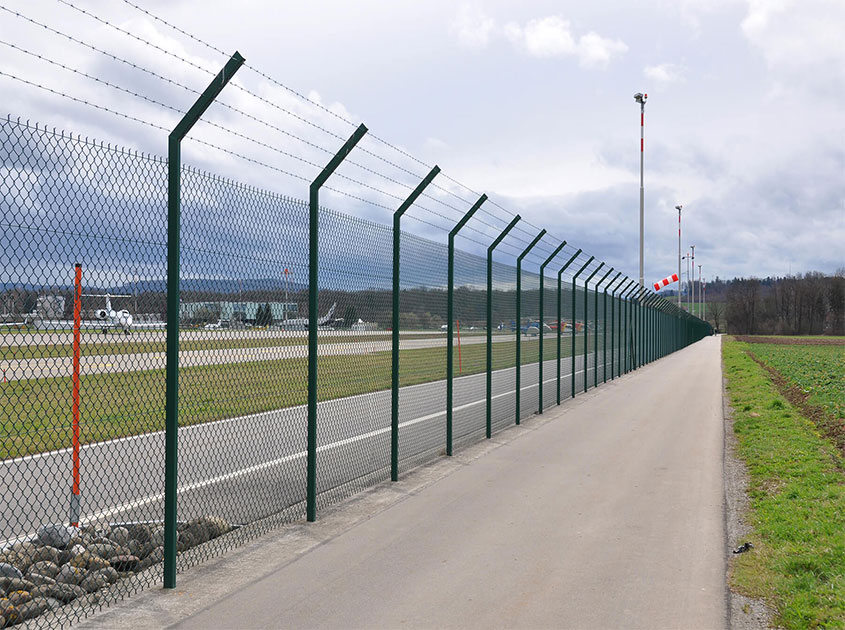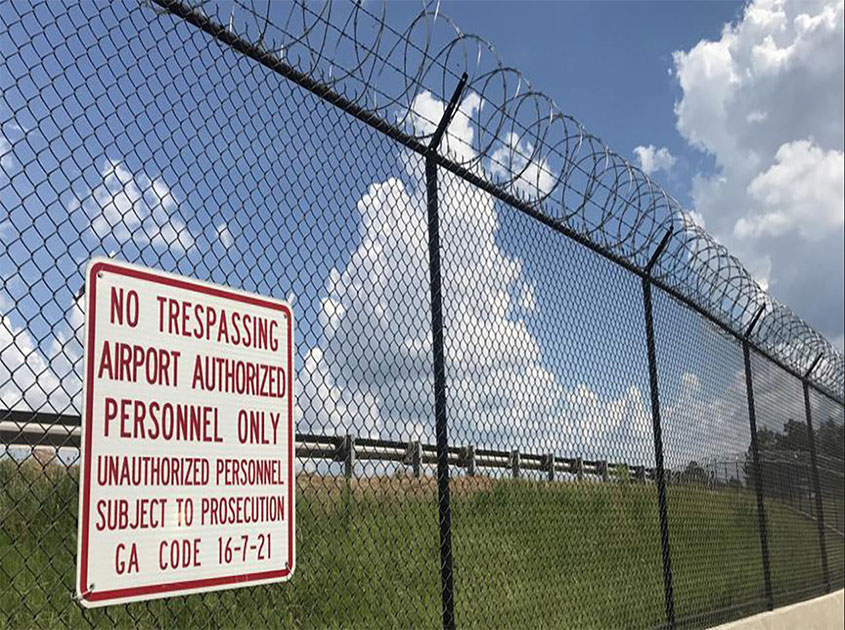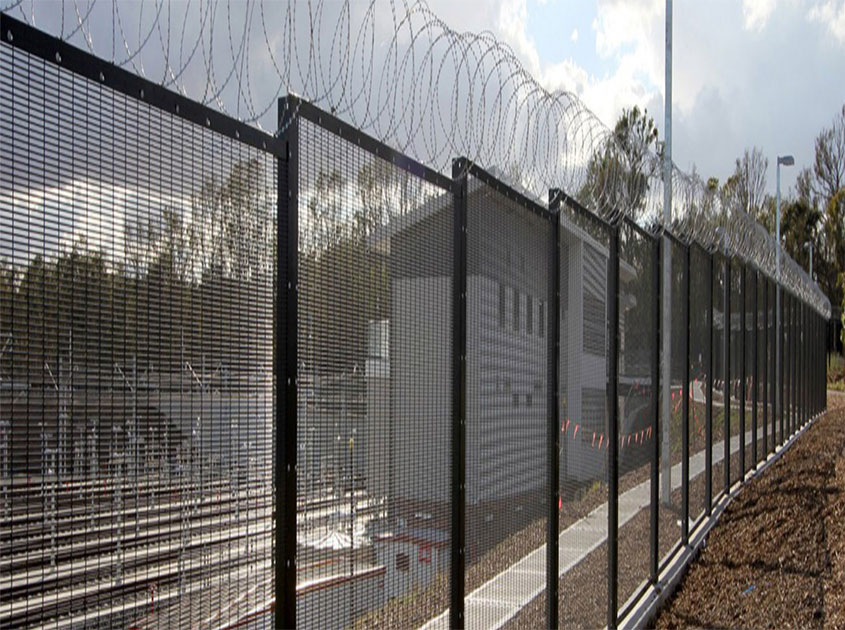Ensuring the safety and security of passengers is a top priority for airports around the world. Airport security fences play a vital role in protecting passengers by establishing a secure perimeter and preventing unauthorized access. In this article, we will explore the necessity of airport security fences and discuss their key functions in safeguarding passengers and airport operations.
Establishing a Secure Perimeter:
Airport security fences serve as the first line of defense in establishing a secure perimeter around the airport. These fences create a physical barrier that deters unauthorized inpiduals from entering restricted areas, thereby reducing the risk of security breaches. By clearly defining the boundaries of the airport, security fences help control access points and ensure that only authorized personnel and vehicles can enter the premises.

Intrusion Detection and Prevention:
One of the primary functions of airport security fences is to detect and prevent intrusions. These fences are designed with various security features, including sensors, alarms, and surveillance systems. When an unauthorized breach or tampering is detected, the security system triggers immediate alerts to security personnel, enabling quick response and appropriate action. This proactive approach minimizes the chances of potential security threats and ensures a rapid intervention in case of any breach attempt.

Passenger Safety and Crowd Control:
Airport security fences also contribute to passenger safety and crowd control within the airport premises. By creating a designated and controlled area, these fences help direct passenger flow and prevent unauthorized access to sensitive areas, such as runways, taxiways, and aircraft parking areas. Effective crowd control measures reduce the risk of accidents, ensure orderly movement of passengers, and facilitate efficient security screening processes.

Protection against Wildlife Intrusion:
Airports located in natural or rural areas often face the challenge of wildlife intrusion, which can pose significant safety risks to aircraft operations. Airport security fences are designed to mitigate this risk by providing a barrier that prevents animals from accessing runways and other operational areas. The fences are typically constructed with features such as dig-resistant foundations and anti-climbing measures to effectively deter wildlife and minimize the possibility of animal-related accidents or damage to aircraft.

Visual Deterrence and Psychological Security:
In addition to their physical functions, airport security fences provide a visual deterrent to potential threats. The presence of a robust and well-maintained fence acts as a psychological security measure, deterring unauthorized inpiduals from attempting breaches. The visible and imposing nature of these fences sends a clear message that security is a top priority, creating a sense of safety and reassurance for passengers and airport personnel.
Conclusion:
Airport security fences are a necessary component of ensuring the safety and security of passengers. By establishing a secure perimeter, detecting intrusions, controlling crowds, and protecting against wildlife intrusion, these fences play a crucial role in safeguarding airport operations. The visual deterrence they provide and their compliance with aviation regulations further contribute to creating a secure environment for passengers and instilling confidence in the airport's security measures. Airport authorities must continue to invest in high-quality security fences and regularly assess and upgrade their security systems to adapt to evolving threats and maintain the highest level of passenger protection.
Pre:Ensuring Top-Notch Security with an Airport Security Fence
Next:Boundary Protection at its Finest: Airport Fence for Enhanced Airfield Safety